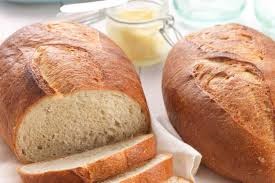The things that I have been learning about are all about the
different species of animals and their scientific names. I have been learning the different ways of
how they adapt to their new habitat. I
have learned that theses animal reproduce which is make more of their species.
I also found out of how they protect themselves in special ways.
They have many different ways of feeding which are filter
feeding or just eating their food just by chewing it.
They all have
different ways of surviving and they all live in habitats that are for their
skills. They have abilities of changes color to hide with their surroundings so
a predator does not sense them and tracks them.
There are different types of animals like the arachnids. Spiders, scorpions, ticks, and mites are all
in the group of arachnids. Some of these
arachnids can cause diseases like the tick it feeds on blood from a mammal and
it pushes a liquid which is known to be Lyme disease.
What kind of
things do you know that animals can also do?
Do you think that
new species of animals will be found?
Where do you
think that most animals on the planet could be found? If you could prove that
some species of animals could excites how would you prove it?
The thing I find
most interesting that there are creatures that actually exist.


































